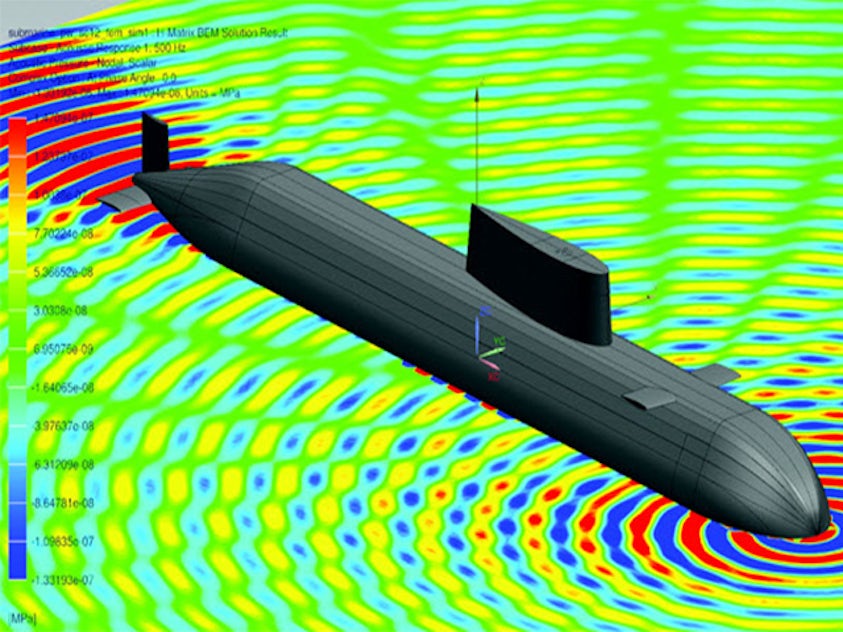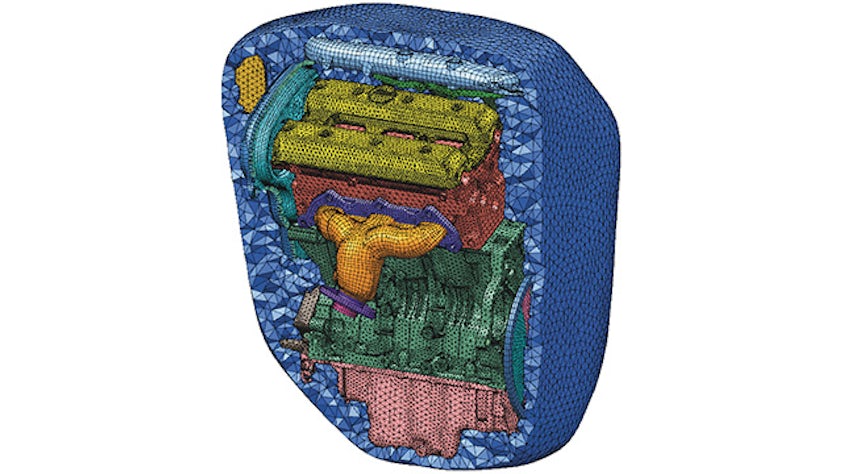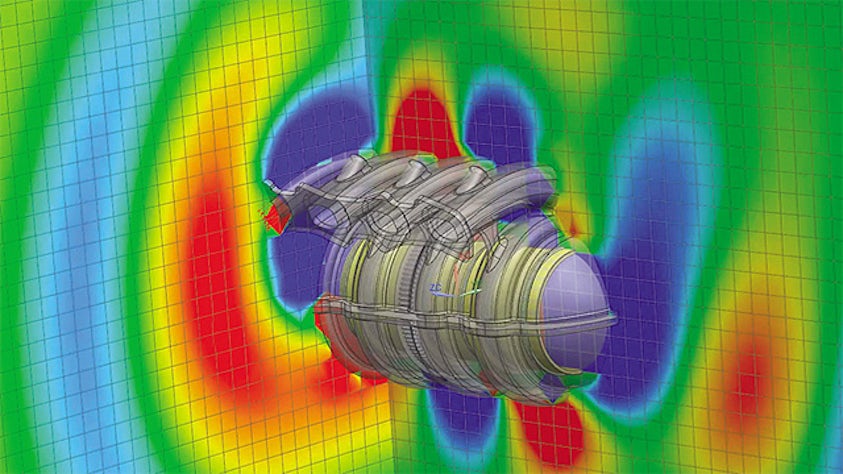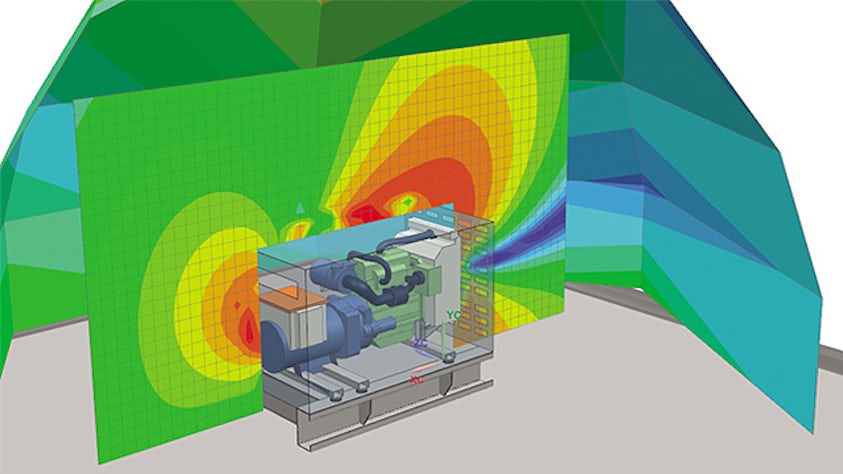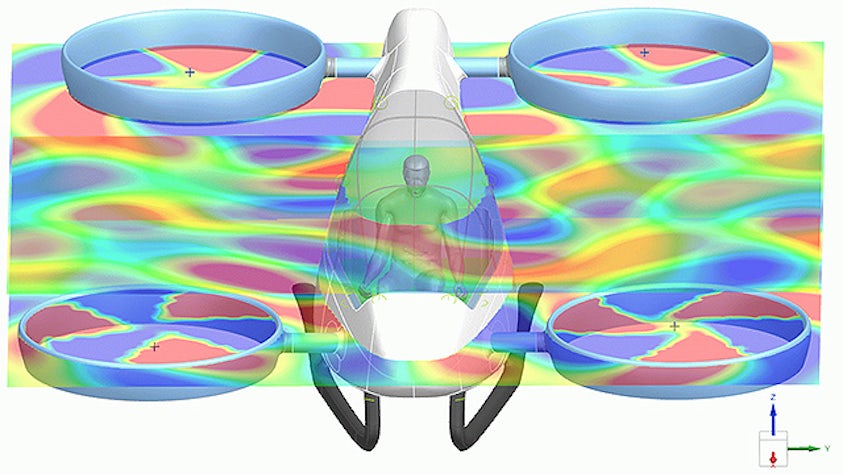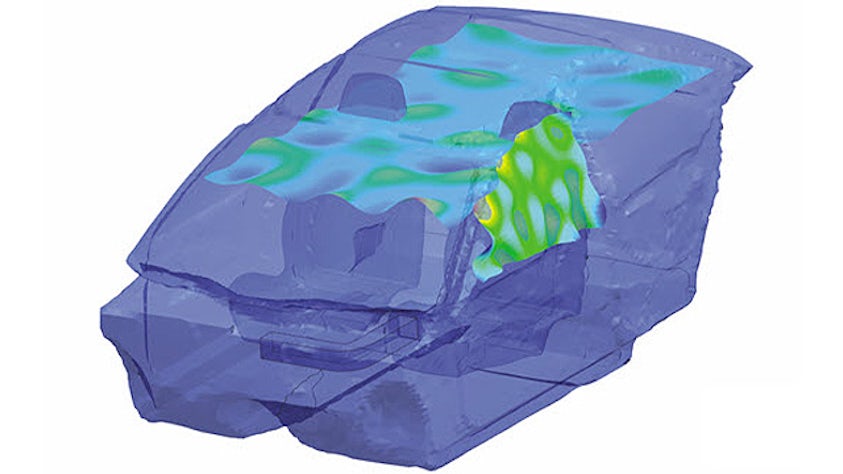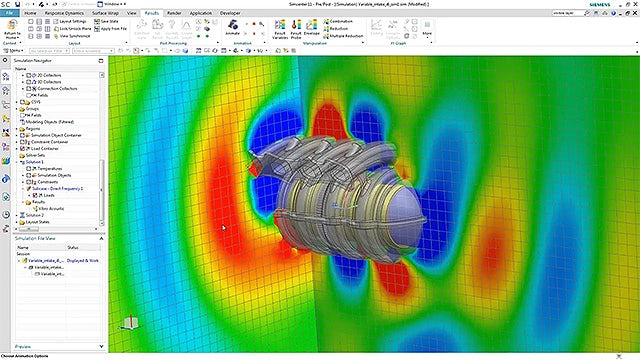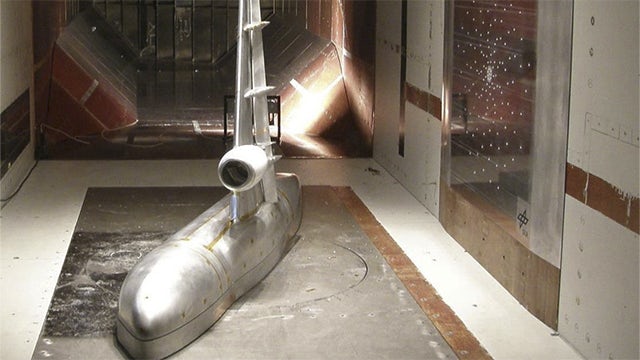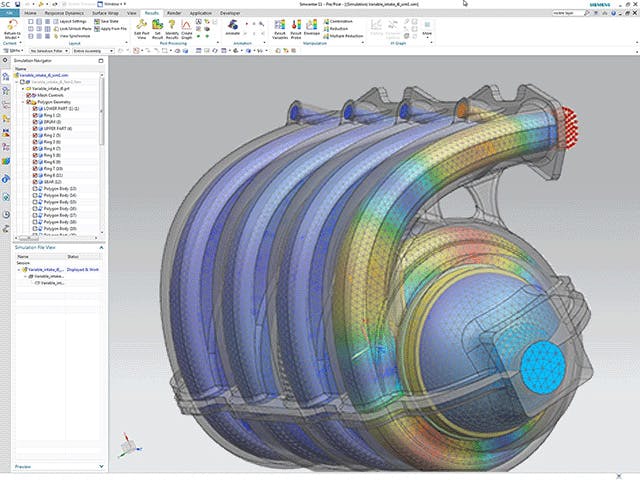Your customers expect quieter products – and the competition does not stand still – so product sound quality can be a differentiator. Tighter noise regulations can impact product sales. Simcenter acoustic simulation solutions can help decrease the time spent on predicting sound fields and can shave weeks off complex jobs like engine run-ups.
Simcenter offers interior and exterior acoustic simulation within an integrated solution that helps you make informed decisions during the early design stages. This allows you to optimize your product’s acoustic performance. A unified and scalable modeling environment combined with efficient solvers and easy-to-interpret visualization capabilities enable you to quickly gain insight into the acoustic performance of your product.
